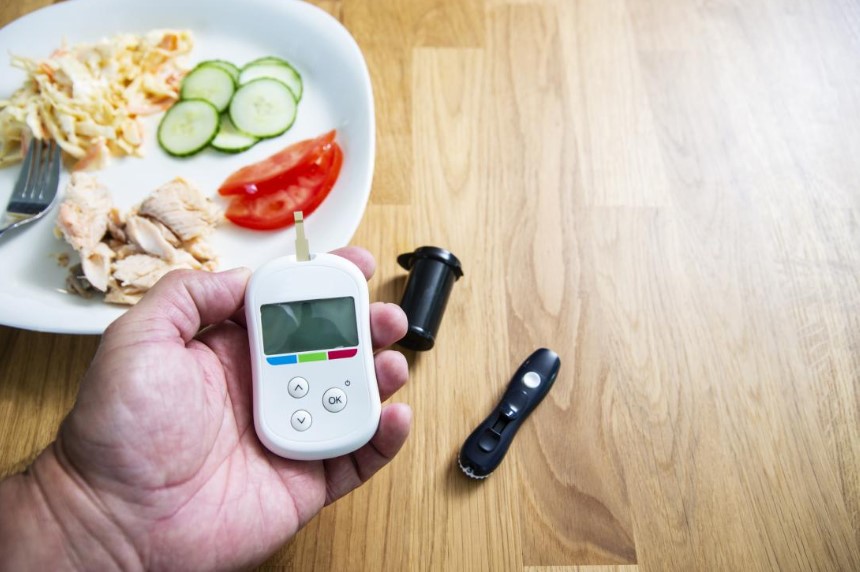
A journey to better health starts with recognizing the signs your body may be sending. This comprehensive guide aims to demystify diabetes symptoms, making it easy for everyone to understand and take proactive steps toward well-being.
1. Excessive Thirst and Urination
Ever find yourself reaching for the water glass more often than usual? Excessive thirst and frequent trips to the bathroom can be signals. When the body’s blood sugar is high, it triggers increased thirst and urination as the kidneys work to eliminate excess sugar.
2. Unexpected Weight Loss
While weight loss is often celebrated, shedding pounds without trying might raise concerns. In diabetes, the body may break down muscle and fat for energy, leading to unexplained weight loss. If the scales are dropping without changes in diet or exercise, it’s time to pay attention.
3. Fatigue and Lack of Energy
Feeling tired even after a good night’s sleep? Diabetes can disrupt the body’s ability to utilize glucose for energy, leaving you tired. If that midday slump becomes a persistent companion, it might be worth exploring the possibility of diabetes as the culprit.
4. Blurry Vision
Your eyes might be trying to tell you something about your blood sugar levels. High blood sugar can cause changes in the lens, leading to blurry vision. If you find yourself squinting more often or experiencing fluctuations in your eyesight, it’s time to consider a closer look at diabetes symptoms.
5. Tingling or Numbness
That tingling sensation or numbness in your hands or feet might be a subtle warning sign. Diabetes can affect nerves, causing peripheral neuropathy. If you notice unusual sensations in your extremities, it’s wise to explore whether diabetes could be a contributing factor.
6. Frequent Infections
If you find yourself grappling with recurrent infections, diabetes might be playing a role. High blood sugar levels can weaken the immune system, making it harder for the body to fend off infections. Keep an eye out for persistent infections in the skin, gums, or urinary tract.
7. Slow Healing Wounds
The body’s ability to heal can be compromised when diabetes is in the picture. High blood sugar levels can impede the healing process, making wounds, cuts, or bruises linger longer than usual. If you notice wounds taking more time to heal, it’s a sign that your body might be struggling with glucose management.
8. Increased Hunger
Diabetes can disrupt the balance of insulin, the hormone that regulates blood sugar and hunger. If you find yourself constantly hungry, especially after meals, it could be a signal that your body is struggling to process glucose effectively.
9. Irritability and Mood Swings
Fluctuating blood sugar levels can impact mood stability. If you notice unexplained irritability, mood swings, or difficulty concentrating, it might be worthwhile to check your blood sugar levels. Achieving stable blood sugar can contribute to a more balanced emotional state.
10. Darkened Skin Patches
A surprising sign of diabetes can manifest in skin changes. Darkened patches, often in the neck, armpit, or groin areas, known as acanthosis nigricans, can indicate insulin resistance. This visual clue is a prompt to delve deeper into potential underlying diabetes-related issues.
Wrap up
Recognizing diabetes symptoms is the first step toward proactive health management. From unusual thirst to slow-healing wounds, our body communicates with us in subtle ways. By staying alert to these signs, we empower ourselves to take charge of our health and seek timely guidance. Remember, early detection and understanding are the way for effective diabetes management and a healthier, happier life.
